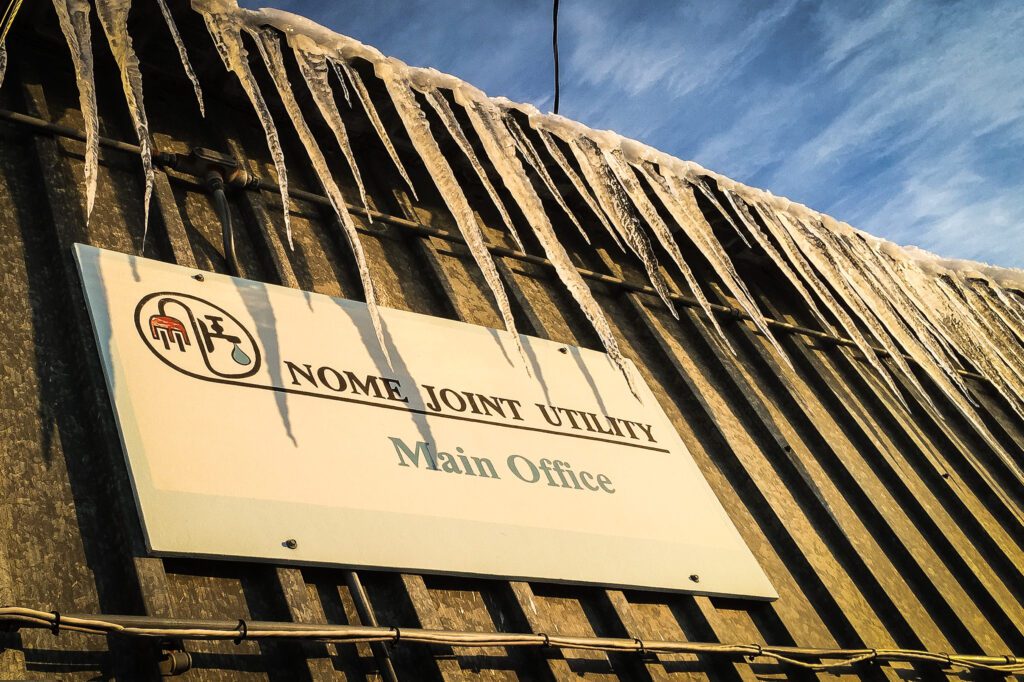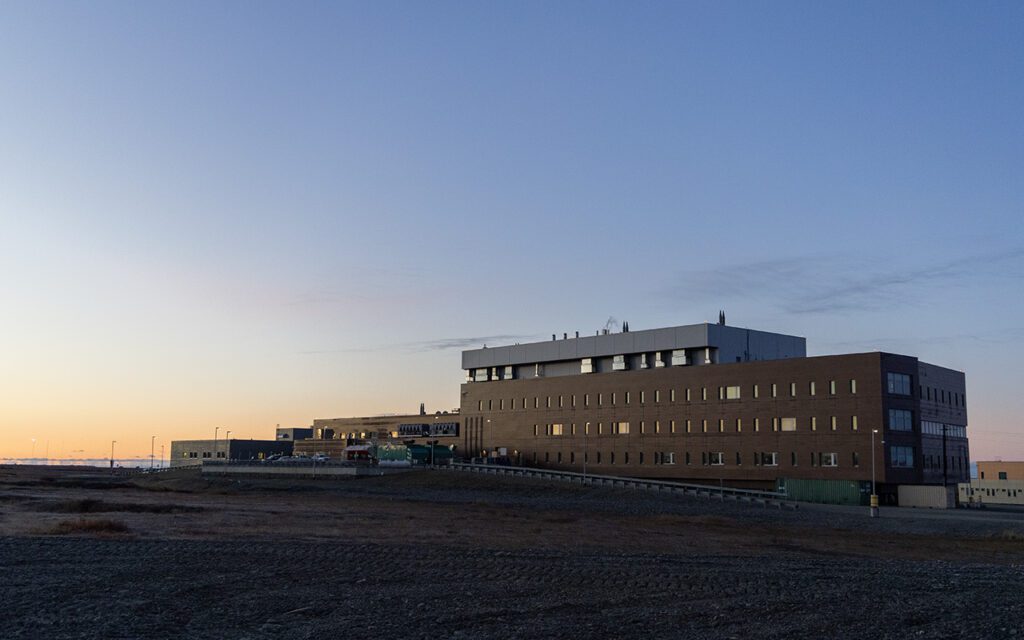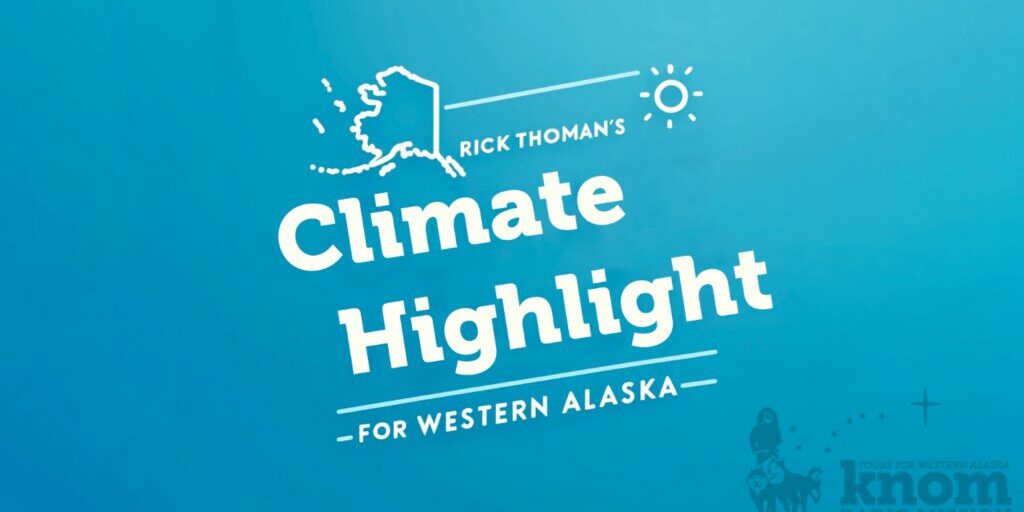As we move through September, weather changes accelerate, and we're seeing that in the forecast for the next week, with temperatures gradually falling.
This is also reflected in the multi decade climate normals at Nome. The average high temperature drops four degrees between September 1 and 15th, but during the second half of the month, the average high temperatures falls by seven degrees.
By the last days of September, subfreezing low temperatures occur more often than not. Of course, on the coast, Autumn temperatures cool more slowly than inland areas due to the buffering effects of the still warm oceans.
While this is especially pronounced across interior Alaska, the faster rate of cooling in September even shows up in inland portions of the Seward Peninsula.
The biggest drops in temperature come once there's snow on the ground, but for low elevations in western Alaska, that usually isn't until sometime in October or even November in some years on the coast.




